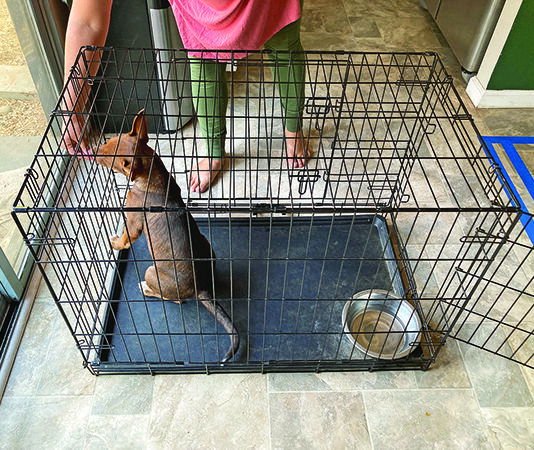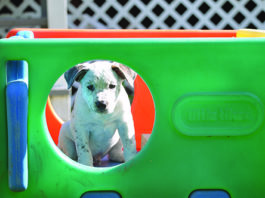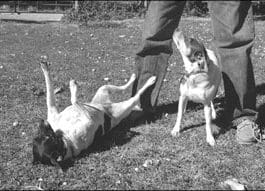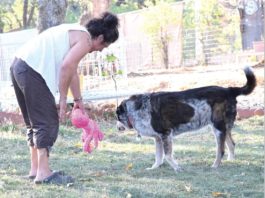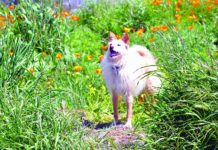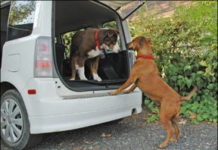Find the Best Trainer for You and Your Dog
Holistic Dog Care and Holistic Checkups for Athletic Dogs
How To Use A Clicker In Dog Training
Why E-Collar Dog Training Is Not Recommended
Life Lessons Learned From Training Dogs
Selecting the Correct Leash Length for Your Various Leash Training Exercises
Teach Your Dog to Relax Around Bees
Proper Dog-to-Dog Introductions in the Home
Young Dogs Learn From Older Well-Behaved Dogs
Five Things to do When Your Dog Grabs the Leash and Doesn’t Want to...
How to Socialize a Reactive Dog
Developing a Dog Exercise Routine
Keeping your dog well-exercised has a variety of benefits. Not only will you keep them at a healthy weight and their muscles limber, you can also use exercise as a way to bond with your dog and provide them with mental enrichment.
Before you begin an exercise routine with your dog, there’s a lot to know. We chatted with canine physical therapist Dr. Courtney Wheeler, PT, CCRT, from Walking Paws Rehab in Boulder, Colorado, and canine conditioning coach, Kirsten Belinsky, CPDT-KA, CSCC, from Canine Athletics Training Center in Longmont, Colorado about all things dog exercise.


